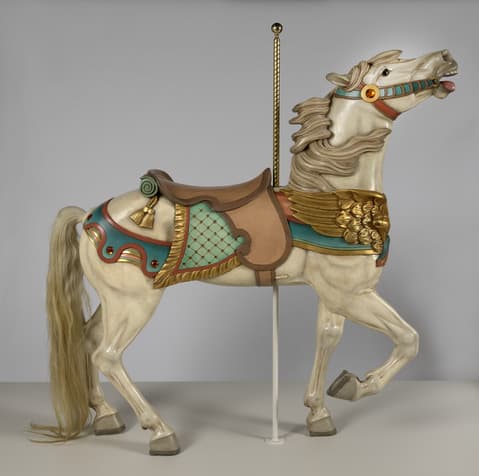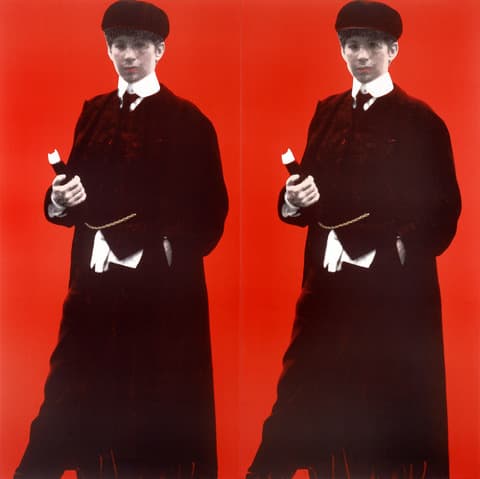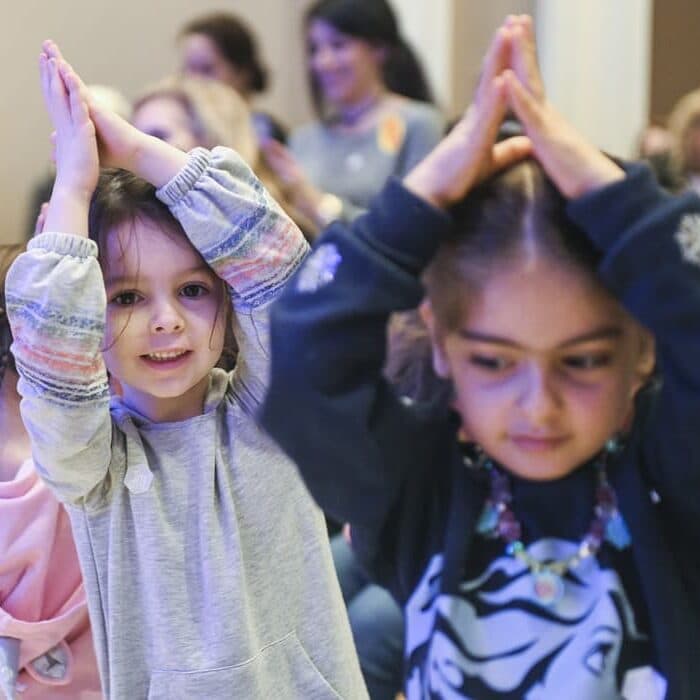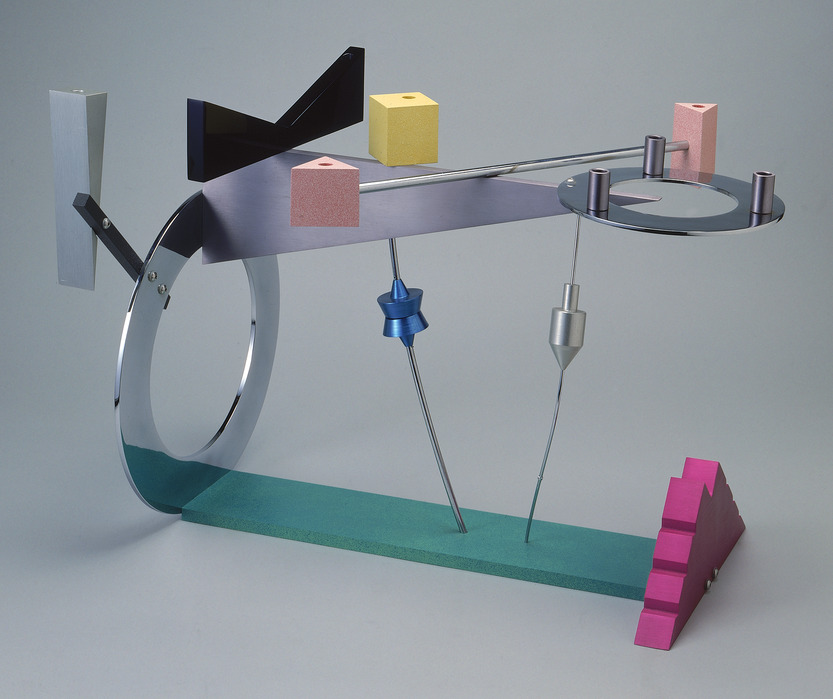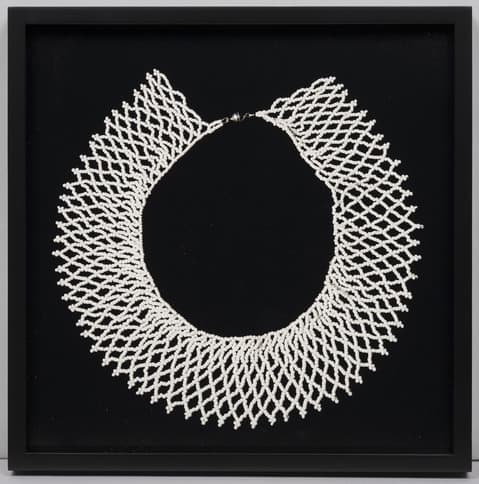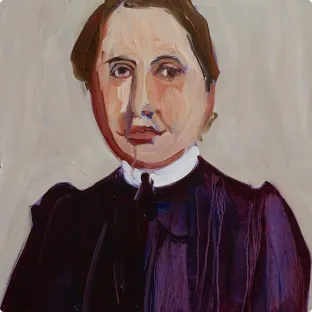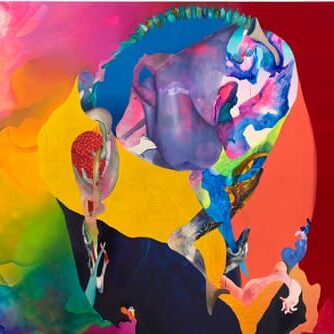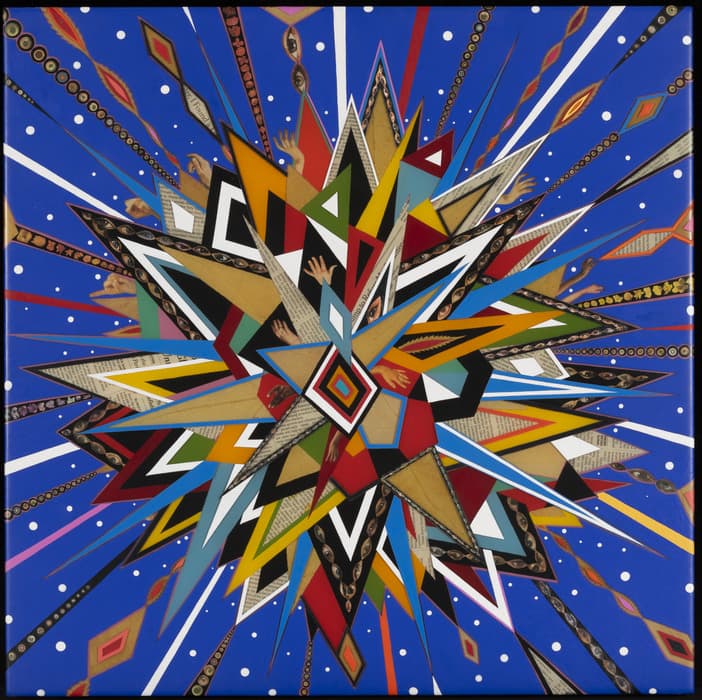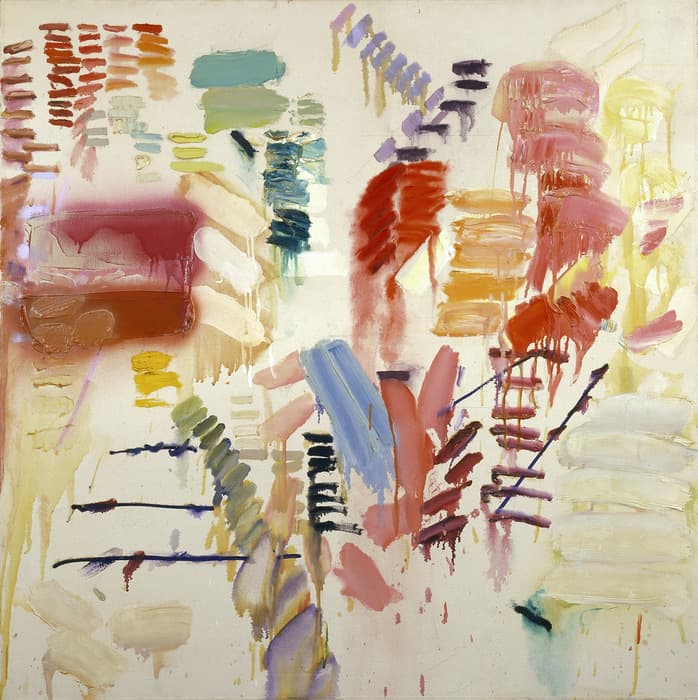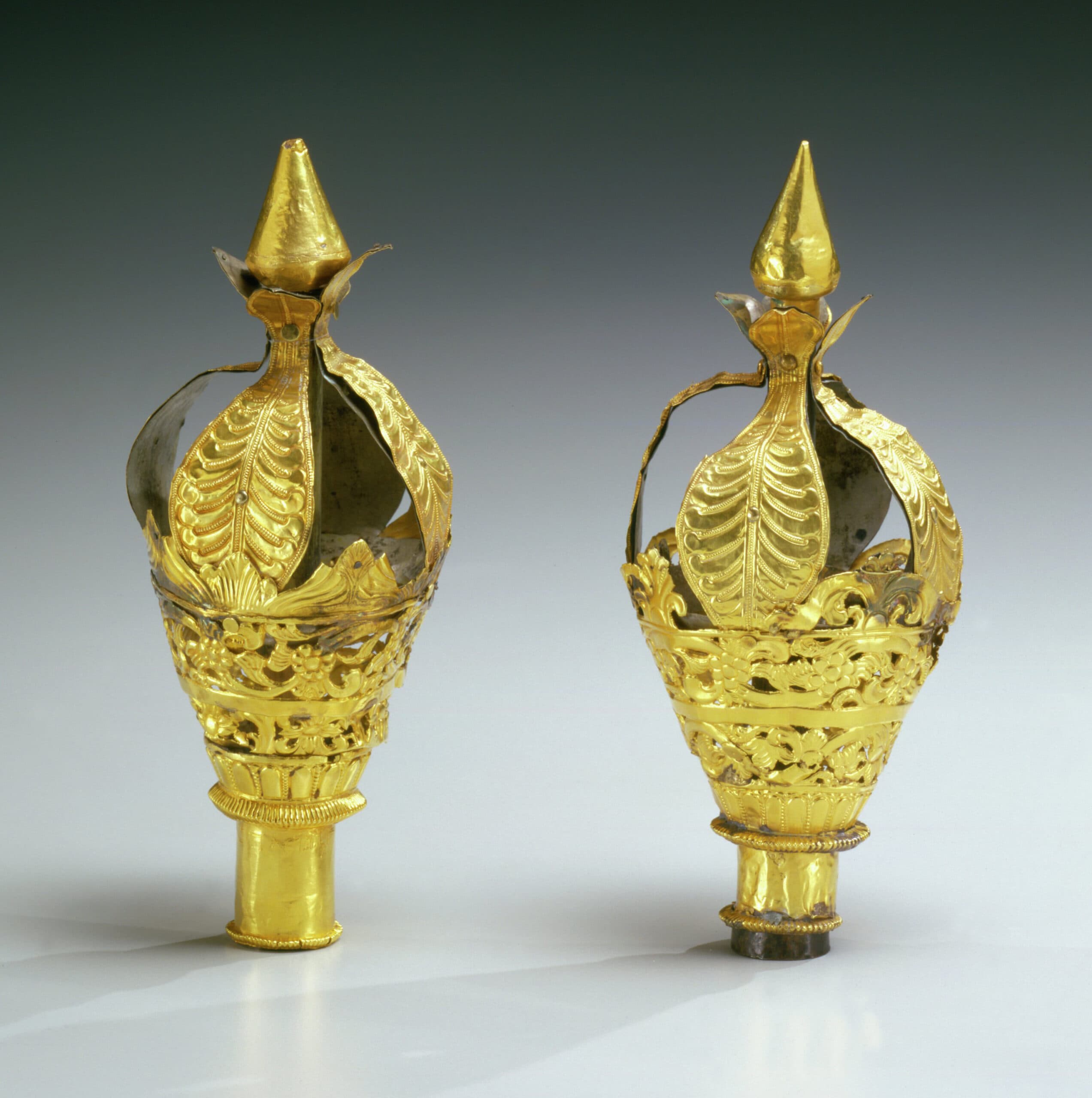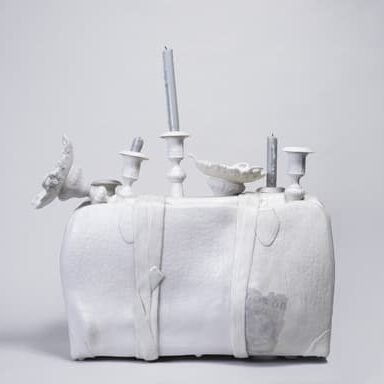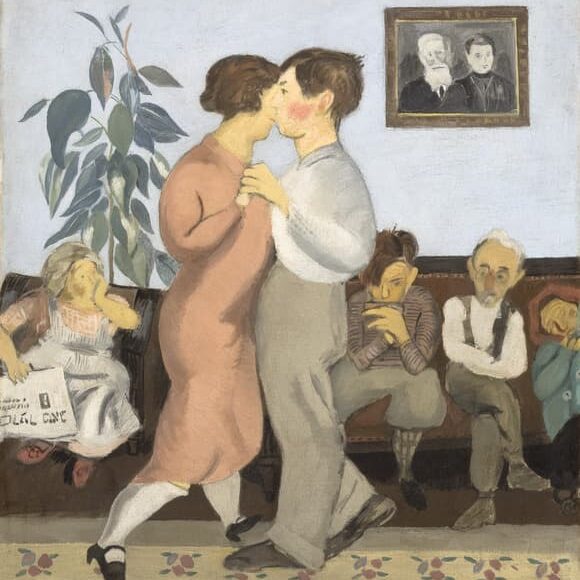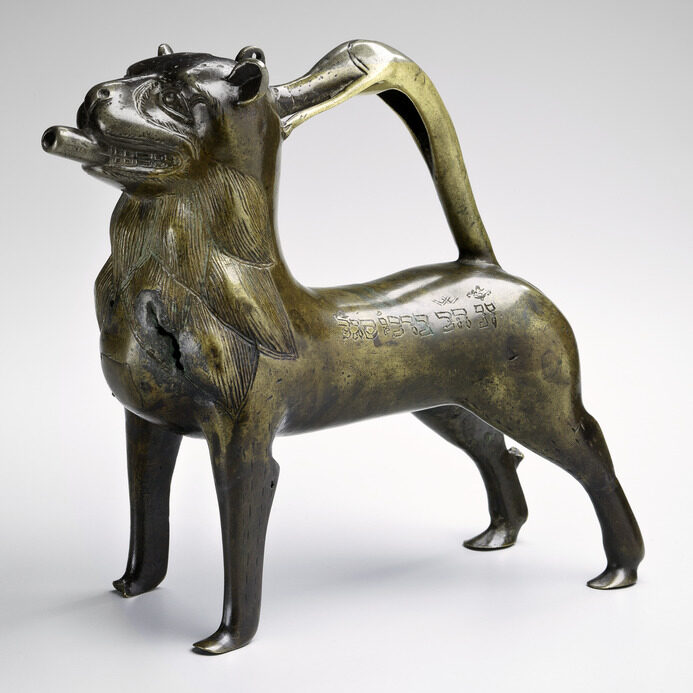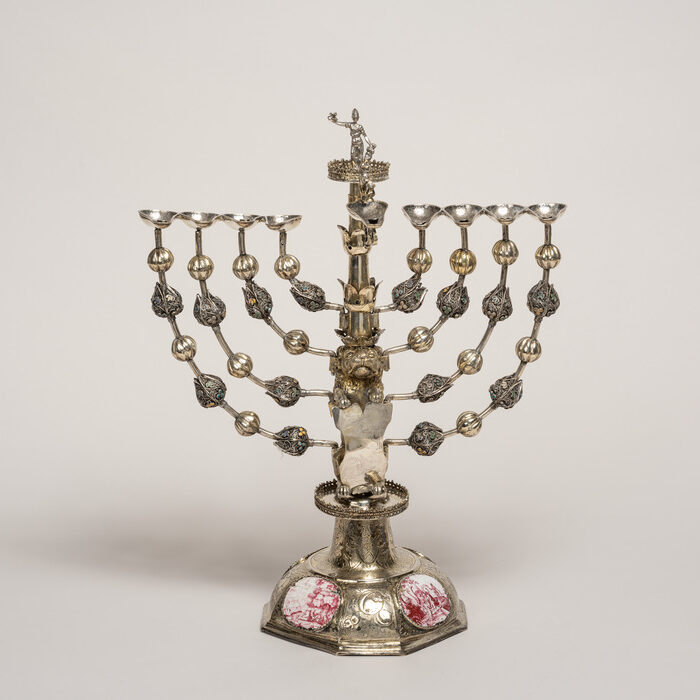The Danube Exodus: The Rippling Currents of the River by Péter Forgács and The Labyrinth Project
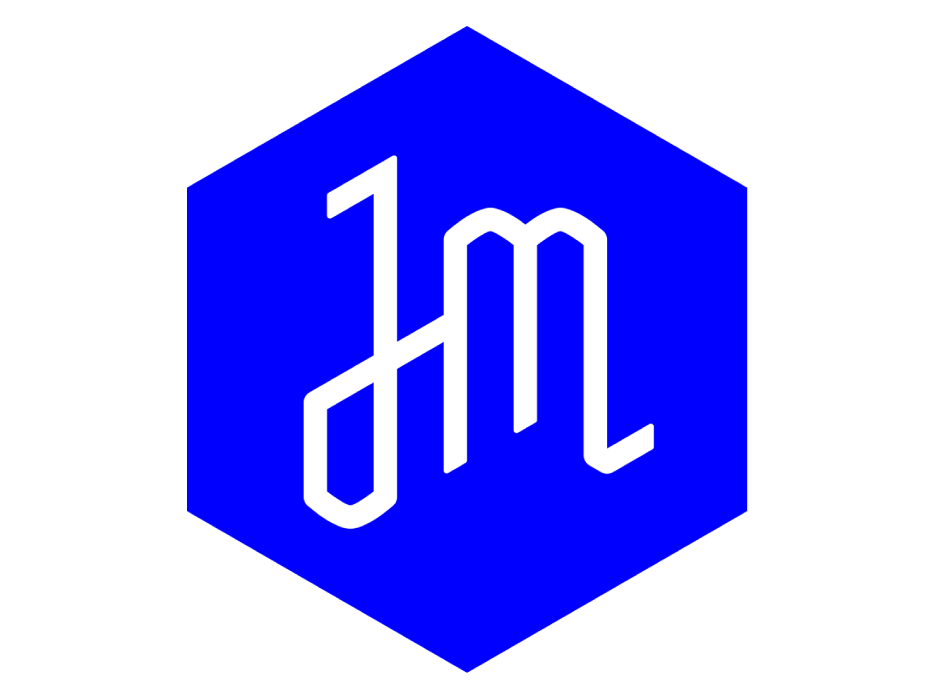
New York, NY — In 1939, Captain Nándor Andrásovits ferried a group of Eastern European Jews fleeing Nazi persecution down the Danube River to a ship on the Black Sea that would carry them to Palestine. The following year, Captain Andrásovits evacuated émigré German farmers from their adopted homeland of Bessarabia (modern-day Ukraine and Moldova) after Soviet re-annexation, and transported them to the “safety” of the Third Reich. Remarkably, as an amateur filmmaker Captain Andrásovits documented both journeys, providing a unique eyewitness account of these historic events.
In 1998, the innovative Hungarian artist and filmmaker Péter Forgács adapted Captain Andrásovits’s 8mm footage as the basis of his film The Danube Exodus. Four years later, Forgács teamed up with The Labyrinth Project, an art collective at the University of Southern California’s School of Cinematic Arts, to re-edit Forgács’s film with forty hours of additional footage, transforming it into an interactive experience.
The Danube Exodus: The Rippling Currents of the River, By Peter Forgács and The Labyrinth Project, on view at The Jewish Museum from March 15 through August 2, 2009, draws together images, words, and sounds to create a multimedia exhibition about the displacement of different ethnic minorities, and the possible similarities between the challenges they face. The installation immerses visitors in three interwoven historical narratives, which they access with a touch-screen computer and view on five large screens: the escape of the Eastern European Jewish refugees; the resettlement of émigré German farmers who were relocated to occupied Poland; and the story of Captain Andrásovits and the Danube River. Viewers can select which stories they watch, and in what order, exposing the process of selection, juxtaposition, and omission in the writing and rewriting of history. The projected images are accompanied by an immersive sound track including ambient sounds of the river and harbor, the mechanical rhythms of ships’ engines, regional music from the period, songs and prayers of the refugees, voiceovers of Captain Andrásovits and his passengers, and the minimalist music of composer Tibor Szemzö. Additional information, including recent interviews with survivors, can be found at two computer stations and on a historical timeline in an adjacent gallery. The exhibition and a related lecture are part of Extremely Hungary, a yearlong festival showcasing contemporary Hungarian arts.
Péter Forgács (b. 1950) is a media artist and independent filmmaker based in Budapest, whose works have been exhibited worldwide. Since 1978 he has produced over thirty films. He is best known for his haunting films that reorchestrate found footage, particularly the Private Hungary series of award winning films based on home movies from the 1930s and 1960s, which document ordinary lives that were soon ruptured by historic events occurring off screen. His work is in the collection of such museums as the Museum of Modern Art, the Centre Pompidou & Musée d’Art Moderne and The Getty Museum Special Collection.
The Labyrinth Project is an art collective and research initiative on database narrative at the University of Southern California’s School of Cinematic Arts in Los Angeles, California. Since 1997 it has been producing interactive documentaries in collaboration with independent artists, juxtaposing fictional and historical story elements in provocative ways.
This installation is based on Péter Forgács’s 1998 documentary film The Danube Exodus and its research materials, produced by Lumen Film.
The Danube Exodus: The Rippling Currents of the River is directed by Péter Forgács, in collaboration with The Labyrinth Project: Marsha Kinder, Rosemary Comella, Kristy H. A. Kang, and Scott Mahoy; produced by Marsha Kinder; music by Tibor Szemzö; sound design by Jim McKee, Earwax Productions; co-author of the Jewish Exodus concept and idea for The Danube Exodus museum exhibition by János Varga.
A related lecture given by Péter Forgács, The Archaeology of Memory, will take place at The Jewish Museum, Fifth Avenue at 92nd Street, on Wednesday, March 18th at 6:30 pm. Mr. Forgács will discuss the relationship between memory and art in his work. The evening will also include a screening of his film, Maelstrom (60 min). Tickets for the March 18th lecture are: $15 general public, $12 students/over 65, and $10 Jewish Museum members. Lecture tickets and program information may be found by visiting www.thejewishmuseum.org or calling the box office at 212.423.3337.
The exhibition and lecture are part of Extremely Hungary, a yearlong festival showcasing contemporary Hungarian visual, performing, and literary arts in New York and Washington, D.C., throughout 2009. The festival is organized by the Hungarian Cultural Center in New York, which sponsors a range of programs celebrating Hungary’s past, present and future, and is made possible in part by funding from the Hungarian Ministry of Education and Culture. For more information, please visit the festival’s website at www.extremelyhungary.org.
Press contacts
Anne Scher or Alex Wittenberg
212.423.3271 or [email protected]
